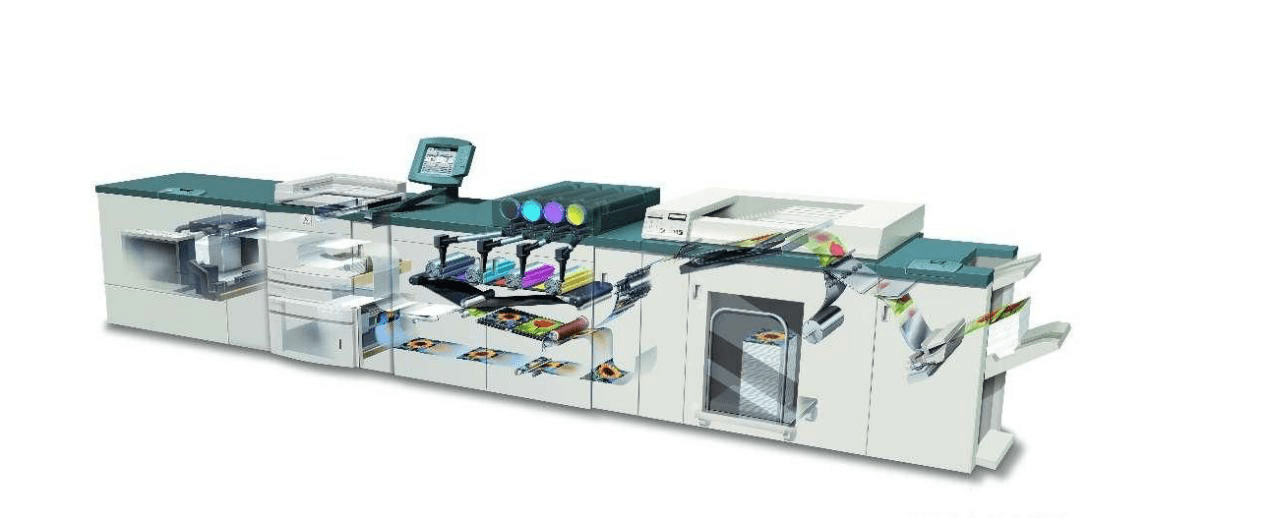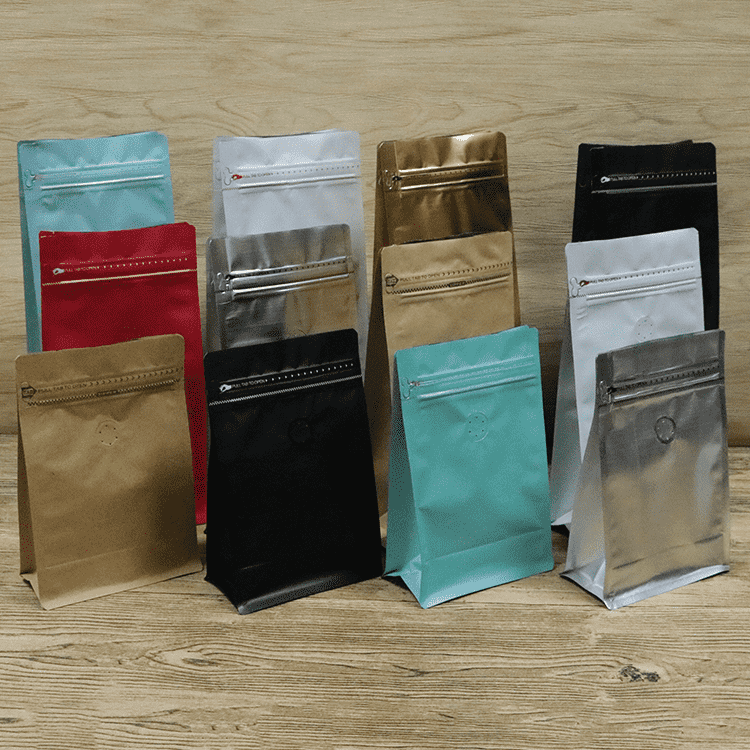What is Digital Print for Packaging?
Digital printing is the process of moving a file on a desktop or any digital storage device to a specific printing substrate through a device that accepts graphic and text output.
Information on the file is changed into binary code to keep the information and recreate it efficiently.
The function of Digital Printing in Packaging
When compared to offset printing, digital printing requires lower minimum quantities.
Short Runs & Sampling
It is normally cheaper to produce little runs in digital printing than offset printing. When an order of less than a hundred pieces is required, digital printing is the method to go.
When it concerns customized package sampling, digital printing again vanquishes flexography printing and other conventional kinds of printing.
Thanks to its lower expenditures, it is much easier to develop plan samples with digital printing.
Limitations
The disadvantage of printing digitally is the loss of image quality and, in some cases, just readily available in smaller sized paper sizes. It can not print in the PMS Color System, which in turn can not take on the color precision conventional printers can produce.
Flatbed Digital Print for Packaging
Flatbed digital printing usually uses an inkjet printer to replicate digital images.
Inkjet printing is thought to be the future of digital printing. The process uses ultraviolet (UV) treatable inks to print digital images on flat surfaces.
This treatment is vital as it can print on many surfaces such as wood, metal, glass, and tiles. The innovation can likewise print on materials that have differing levels of density.
Benefits of Flatbed Digital Printing
- Consistently have higher quality: True digital flatbed technology does have a higher initial expense than its competitors, but it does print in higher information and has a higher level of accuracy & repeatability.
- Environment-friendly: Flatbed printing is likewise more environment-friendly than conventional printing as it produces a lower quantity of waste cartridges and produces lower air contamination. It leaves behind a smaller sized carbon footprint.
- Versatile and low cost: Flatbed printing is exceptional for customized and commercial packaging. Its lower cost increases the ease of personalization and makes it possible for clients to establish their styles at a low price.
- Quick and effective production time: It conserves a lot of time compared to standard printing as there is no need to continuously modify plates, as the technology does not utilize any plates.
- Private customization: Based on these benefits. We can assist consumers to establish personal customized items to meet the requirements of all users. For example, personal personalized pattern printing, personal personalized text printing, etc.
Digital printing does not need using plates as balanced out or conventional printing needs. The procedure generally utilizes toner and liquid ink.
In great deals of situations of digital printing, unlike standard ink, the ink utilized will not permeate the substrate being printed on. The ink produces a thin layer on the substrate, and the ink, even more, adheres to the surface through UV treating or laser heating.


Comments
Post a Comment